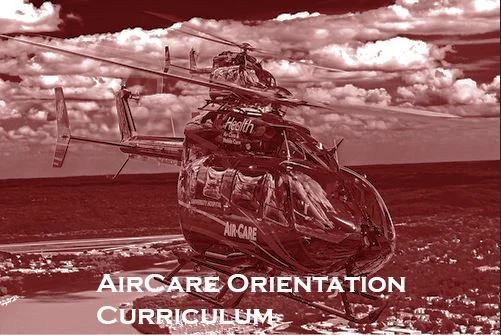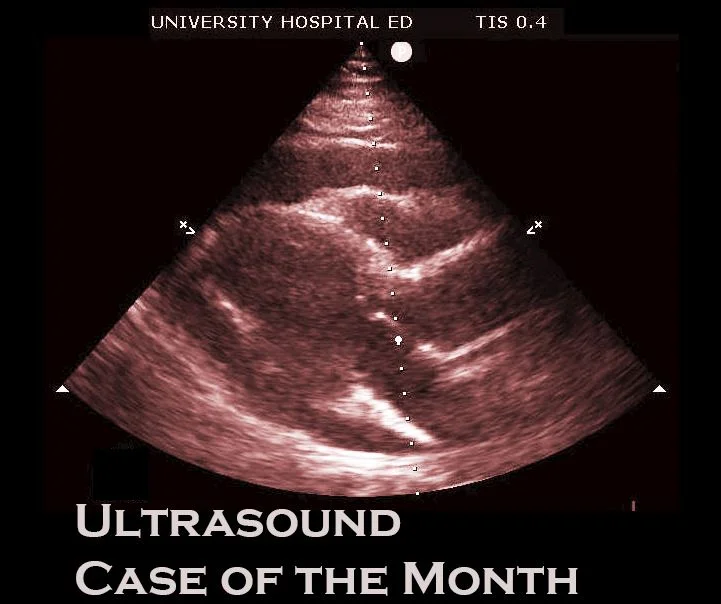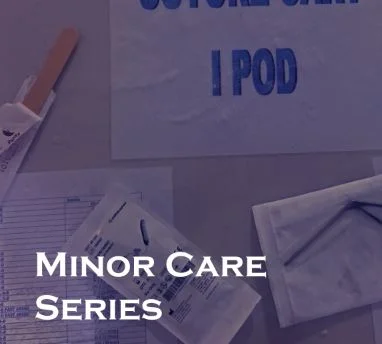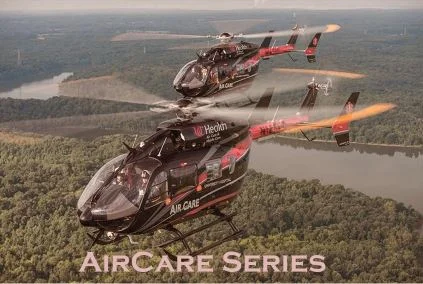Air Care Orientation Case #1
/This is Case #1 of our Air Care Orientation Curriculum! This curriculum is designed to help prepare our rising R2's for their new responsibility as flight physicians. These cases are discussed amongst our training flight docs and this is the resultant learning points. In this case, we discuss a sick trauma patient that needs multiple interventions. But what interventions need to be done? In what order? And who should do them? Read on to find out!
Read More
















